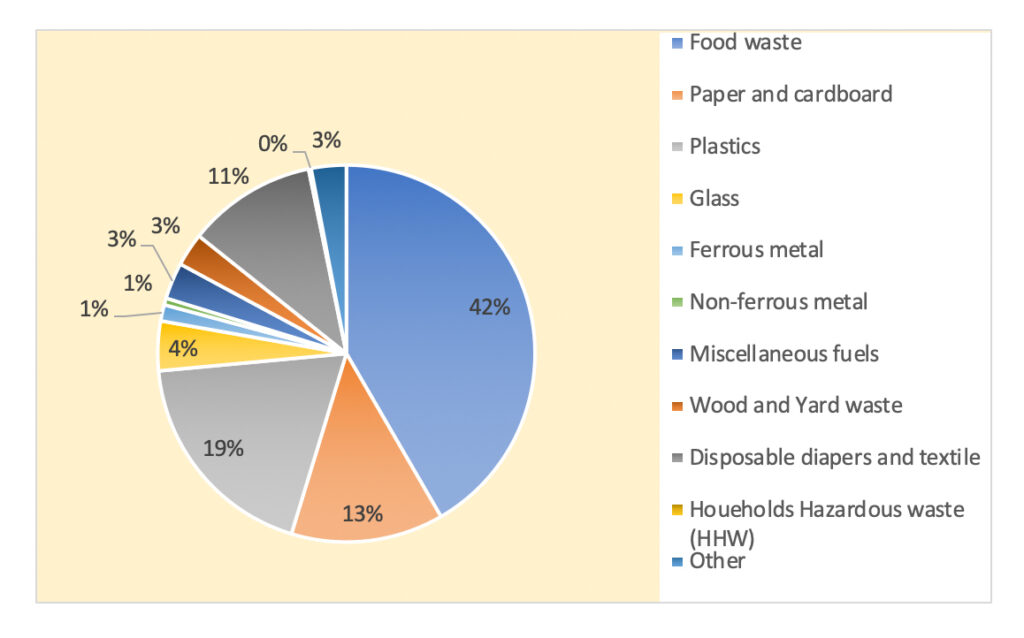Washington, World Bank, October 14, 2022 (Argentina)
On October 14, 2022, Aim Texas has made it to the shortlist in the consultancy tender for the Waste Management Study for the City and Province of Buenos Aires. This consulting service aims to identify policy, institutional, investment, and financing gaps related to waste management and circular economy development in the MRB, CABA, and PBA regions. The study will be based on thorough technical and policy analyses and will involve extensive consultation with stakeholders.
The RFP of the assignment has been addressed to the following shortlisted consultants.
- IDOM Consulting, Engineering, Architecture SAU
- LAVOLA 1981, SA
- Seureca
- HYDEA S.P.A., adelphi consult GmbH
- Aim Texas Trading, LLC
- HYTSA Estudios y Proyectos S.A.
Autonomous City of Buenos Aires (CABA) is one of the 24 administrative jurisdictions of the Province of Buenos Aires. Its local government is equivalent to a provincial government. It is made up of a single municipality. The territory of the city is divided into 15 communes, which are made up of one or more neighborhoods. The urbanization rate in CABA is 100%, with no rural area or population within its territory.
Waste generation in Argentina is around 45 thousand tons per day by 2019, 44.07% of which is generated in Province of Buenos Aires. Of the waste generated in the province of Buenos Aires 12.98% is generated in CABA. The food waste (wet – organic) is composed of 42% of total waste generated in CABA, while paper and cardboard are 13%, plastics 19%, disposable diapers and textile 11%, respectively. Waste Composition in CABA by 2019 is as follows.

The concentration in urban areas has a positive impact on the collection coverage which is 99.8%. 46% of the collection is carried out by the municipalities, the other 54% is done through subcontracting.
In just ten years, waste pickers have gone from being a veritable example of informal and precarious work, to developing a model of co-management of recyclable waste between worker cooperatives and municipal governments. This resulted in integrating the waste worker cooperatives into urban waste management system, providing an income to them (in cash or in kind) for recovering and sorting recyclables, and for the formalization of the activity of the waste pickers in CABA. This is the case with the municipalities, which is part of the Buenos Aires Metropolitan Area along with another 39 municipalities in the Province of Buenos Aires.

The Matanza-Riachuelo River stretches for 40 kilometers, passing through 14 municipalities in the province of Buenos Aires and part of the Autonomous City. Unfortunately, the water in the river contains elevated levels of mercury and lead, significantly impacting the quality of life for the local residents and workers in the region. Astonishingly, approximately 192 thousand cubic liters of sewage are discarded into the river each day. As a result of this pollution, it is currently ranked as the most contaminated river in Latin America and is among the ten most polluted rivers worldwide.
